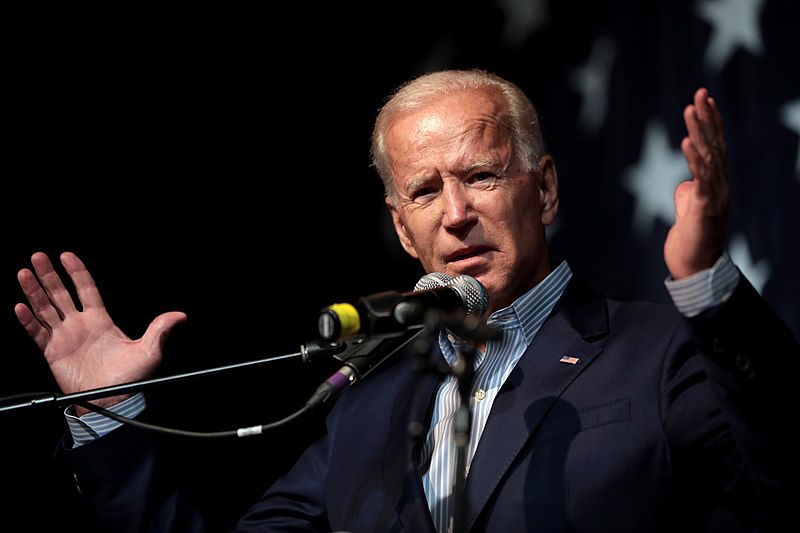
In Racine, Wisconsin, 57-year-old Andrea Dyess became a passionate supporter of President Joe Biden after a chance encounter with him in May. Accompanied by her grandchildren,
Dyess was hoping to see Biden's motorcade when a campaign worker invited her to join the president at a nearby community center. There, she shared her story of surviving cancer and how the Affordable Care Act, championed by Biden during his tenure as Vice President under Barack Obama, saved her life. Since then, Dyess has enthusiastically recounted her "once in a lifetime moment" with friends, family, and even strangers, urging them to support Biden and register to vote.
Biden's campaign strategy focuses on small-scale events like the one in Racine, allowing him to engage directly with voters. Unlike his Republican rival Donald Trump, known for his mass rallies, Biden favors intimate gatherings where he can connect personally with people. These events are meticulously organized to avoid disruptions and highlight Biden's policies and interactions with voters.
While Biden's approach may lack the grandeur of Trump's rallies, it aims to reach voters on a more personal level. The campaign leverages social media and local news coverage to amplify these interactions and influence voter sentiment. However, measuring the impact of these efforts is challenging, especially in the digital realm where negative or sensational content often attracts more attention.
Despite Biden's efforts, polls indicate a challenging road ahead. His approval ratings are slipping, and Trump maintains a slight lead in key battleground states like Wisconsin. Nonetheless, Biden's campaign remains optimistic, intensifying its grassroots outreach and digital advertising efforts to sway undecided voters and secure victory in November. Photo by Gage Skidmore from Peoria, AZ, United States of America, Wikimedia commons.






































